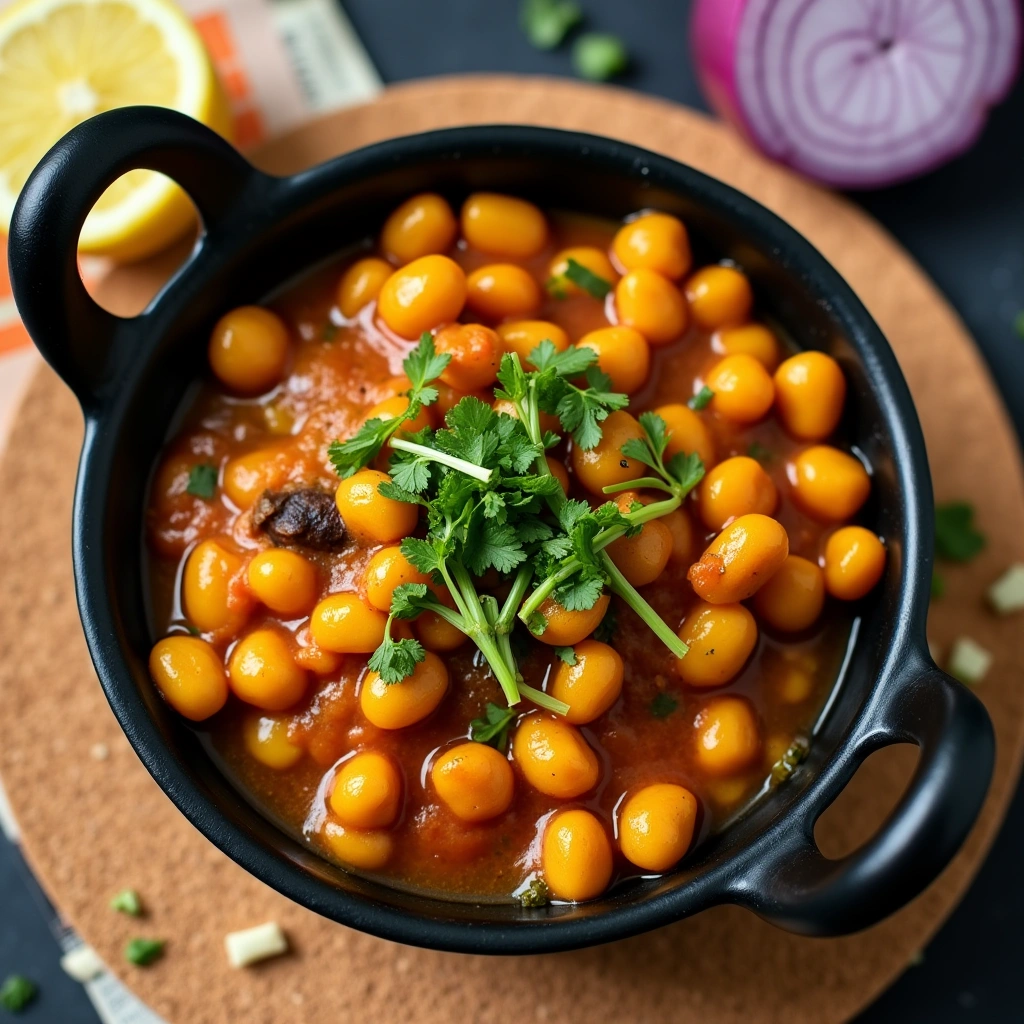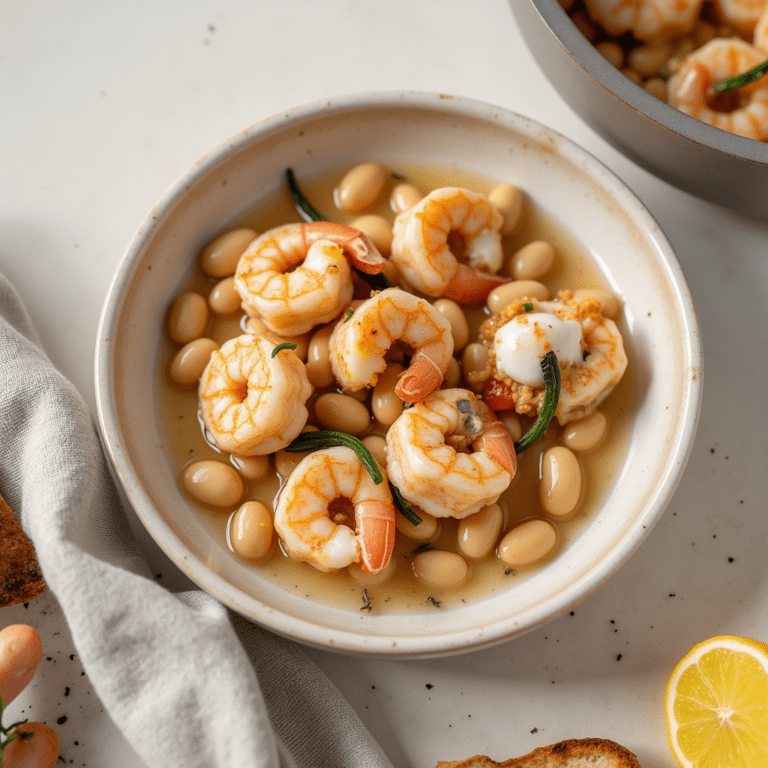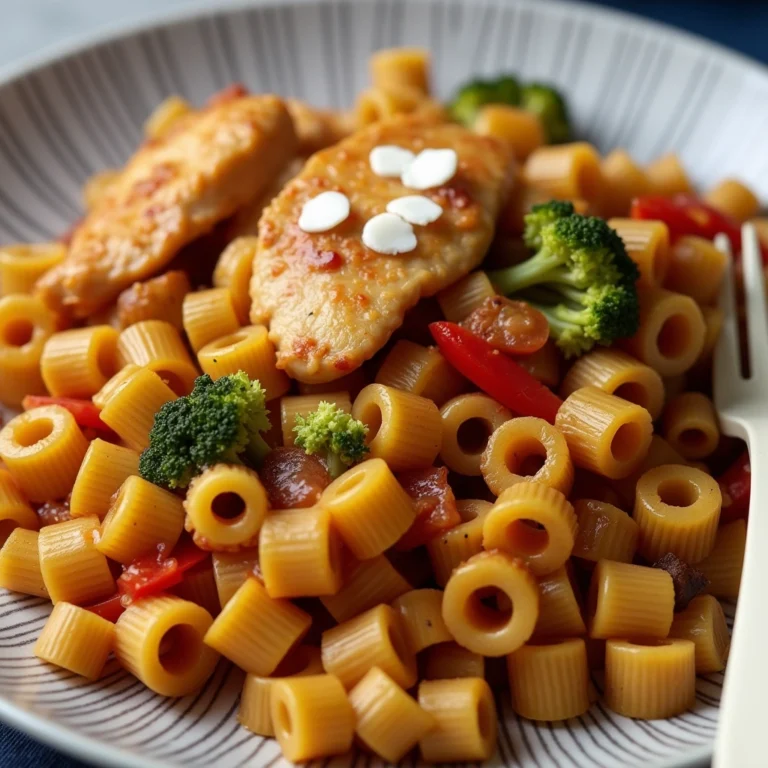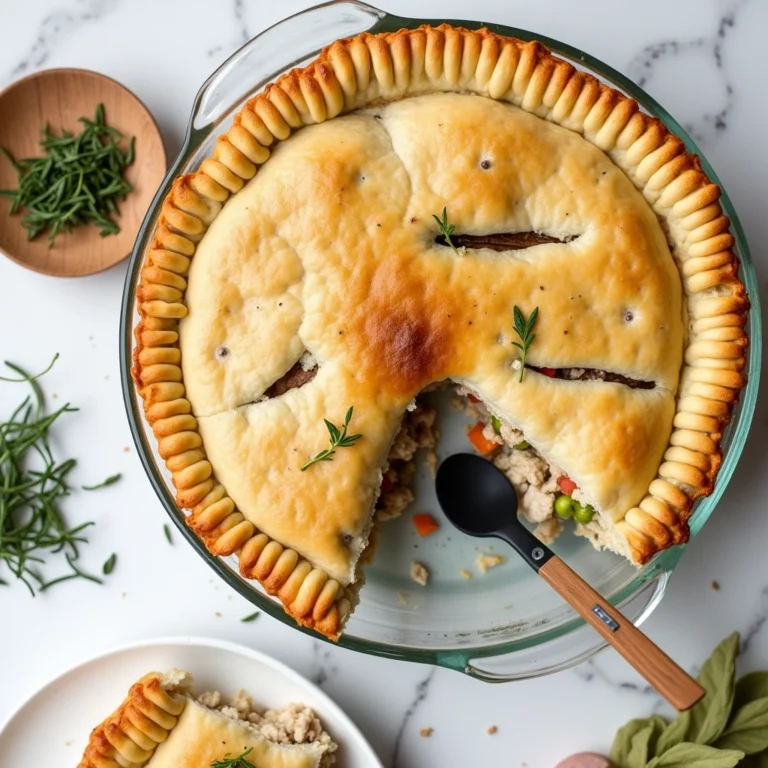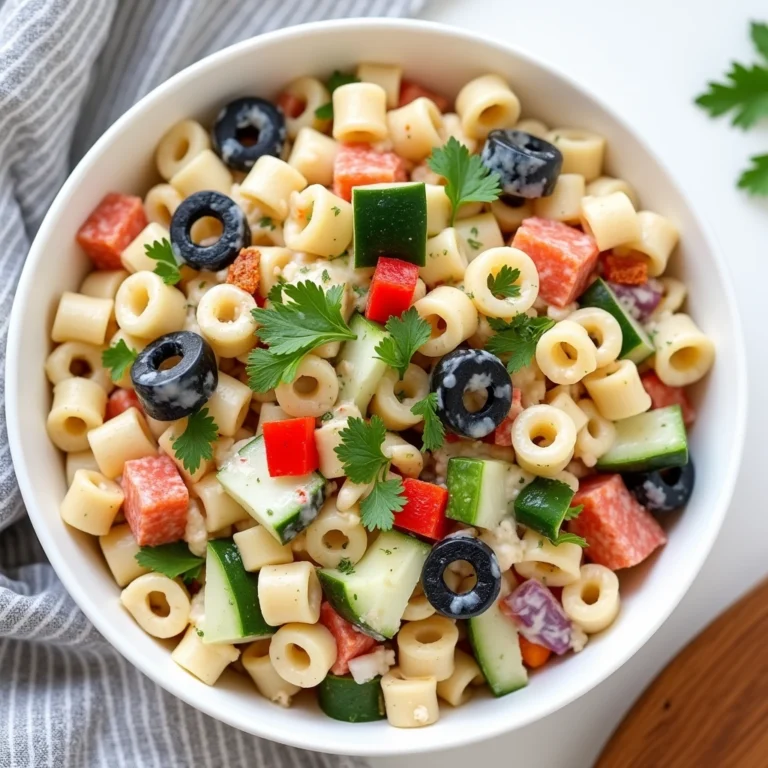How to Make Flavorful Baked Beans recipe Indian-Style at Home
Discover an easy and flavor-packed Indian baked beans recipe. Learn how to prepare this delicious dish with 5 different variations. Ideal for any meal! Baked beans are a classic comfort food, but when infused with vibrant Indian spices, they take on a whole new level of flavor. This Indian-inspired baked beans recipe is the perfect…
Discover an easy and flavor-packed Indian baked beans recipe. Learn how to prepare this delicious dish with 5 different variations. Ideal for any meal!
Baked beans are a classic comfort food, but when infused with vibrant Indian spices, they take on a whole new level of flavor. This Indian-inspired baked beans recipe is the perfect fusion of hearty beans with aromatic spices, creating a dish that’s both comforting and exciting. Whether you’re an Indian food lover or simply looking to try something new, this recipe is sure to please your taste buds.
Introduction: The Fusion of Baked Beans and Indian Spices
Baked beans have been a popular dish for centuries, often prepared with simple seasonings and served as a side. However, adding Indian spices and techniques transforms this dish into something extraordinary. Indian cuisine is known for its rich, bold flavors, and by incorporating elements like garam masala, turmeric, cumin, and coriander, you can create a vibrant version of baked beans that’s perfect for any occasion.
Why Indian-Spiced Baked Beans Are a Must-Try Dish
Indian-spiced baked beans bring a depth of flavor that you won’t find in traditional recipes. The combination of spices and herbs creates a complex and rich profile, while the beans themselves remain hearty and satisfying. Whether served as a side dish or a vegetarian main course, Indian-spiced baked beans offer a unique twist that everyone will love.
Essential Ingredients for Indian-Inspired Baked Beans
To make this dish truly memorable, you’ll need a few essential ingredients that are staples in Indian cuisine.
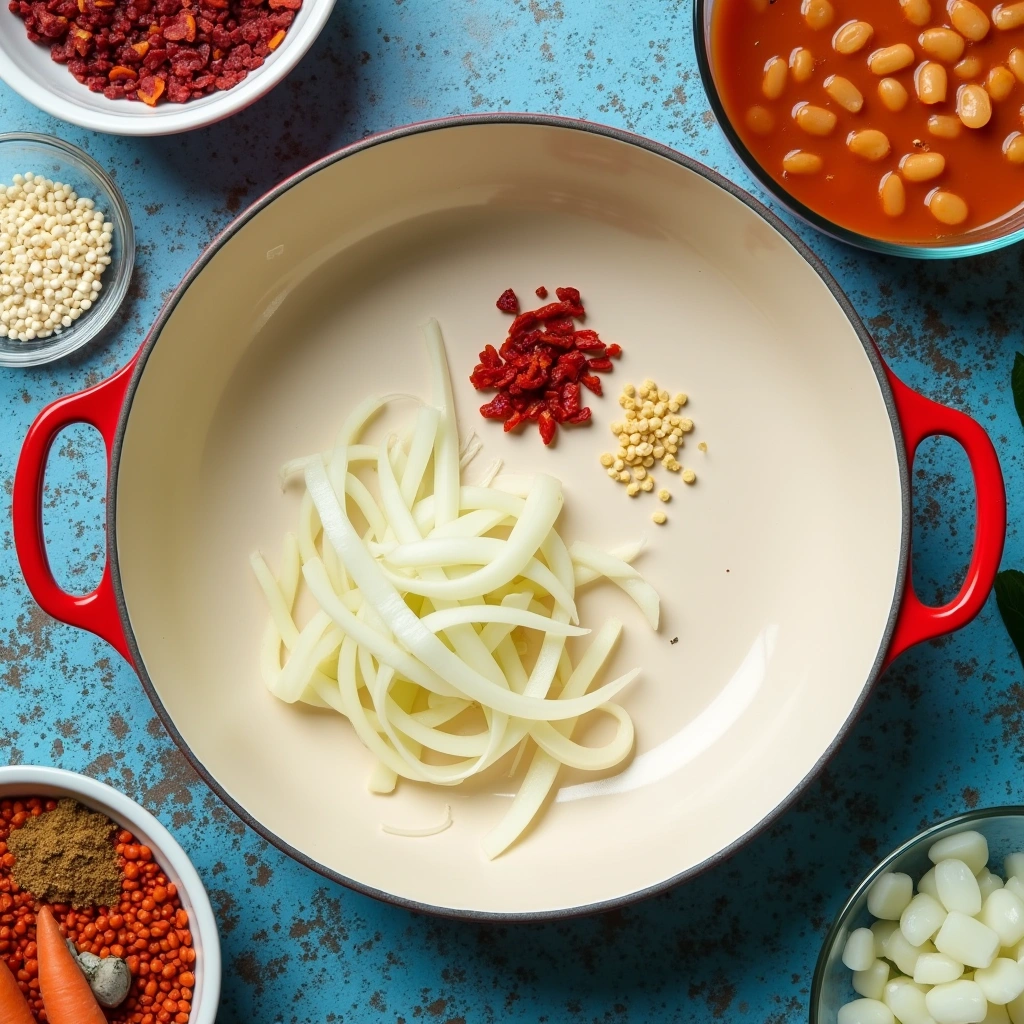
Traditional Beans and Indian Ingredients
- 2 cans (15 oz each) of baked beans or navy beans
- 1 tablespoon ghee or vegetable oil
- 1 medium onion, finely chopped
- 2 cloves garlic, minced
- 1-inch piece ginger, grated
- 1 tablespoon cumin seeds
- 1 tablespoon coriander powder
- 1 teaspoon turmeric powder
- 1 tablespoon garam masala
- 1 tablespoon chili powder (optional for extra heat)
- 1/2 teaspoon cinnamon
- 1/4 cup fresh cilantro, chopped for garnish
- 1/4 cup tomato puree or crushed tomatoes for added depth
Ingredient Substitutions for Dietary Needs
- Vegan: Replace ghee with coconut oil or vegetable oil.
- Gluten-Free: This recipe is naturally gluten-free, so you don’t need any adjustments.
- Low-Sodium: Use low-sodium beans or rinse canned beans to reduce sodium content.
If you’re looking for complementary dishes, try pairing this with a refreshing spicy Indian fusilli pasta for a fusion-inspired meal.
Step-by-Step Instructions to Make Indian Baked Beans
Making delicious homemade baked beans is easy and rewarding. Follow these simple steps to prepare a flavorful dish your whole family will love:
Instructions:
Step 1: Prepare the Beans
If using dried beans, soak them overnight in a large bowl of water. Drain and rinse them before cooking. If using canned beans, simply drain and rinse them.
Step 2: Cook the Beans (if using dried beans)
Place the soaked and drained beans in a large pot and cover them with fresh water. Bring the water to a boil, reduce the heat, and let them simmer for about 1-1.5 hours, until the beans are tender.
Step 3: Preheat the Oven
Preheat your oven to 325°F (165°C).
Step 4: Combine the Ingredients
In a large mixing bowl, combine the molasses, brown sugar, ketchup, mustard, smoked paprika, salt, and black pepper. Stir in the cooked beans (or canned beans if you’re skipping the cooking step).
Step 5: Add Bacon (optional)
For extra flavor, add 2 strips of bacon to the mixture, either chopped or laid on top of the beans.
Step 6: Bake the Beans
Transfer the bean mixture into a baking dish and cover with aluminum foil. Bake for 2 to 3 hours, checking occasionally to make sure the beans are not drying out. Add more water or broth if needed.
Step 7: Serve
Once the beans are tender and the sauce is thickened, remove from the oven and serve hot. Enjoy your homemade baked beans with your favorite meats, bread, or as a side dish!
Cooking Techniques for Rich and Flavorful Baked Beans
- Combine the Beans and Tomato Puree: Add the beans to the pan along with the tomato puree. Stir well to coat the beans in the spices and sauce.
- Simmer: Add about 1/2 cup of water to thin the sauce, and simmer for 20-30 minutes. This allows the beans to absorb the spices and become tender.
- Adjust Seasonings: Taste the beans and adjust the seasoning with more salt, chili powder, or garam masala to suit your preference.
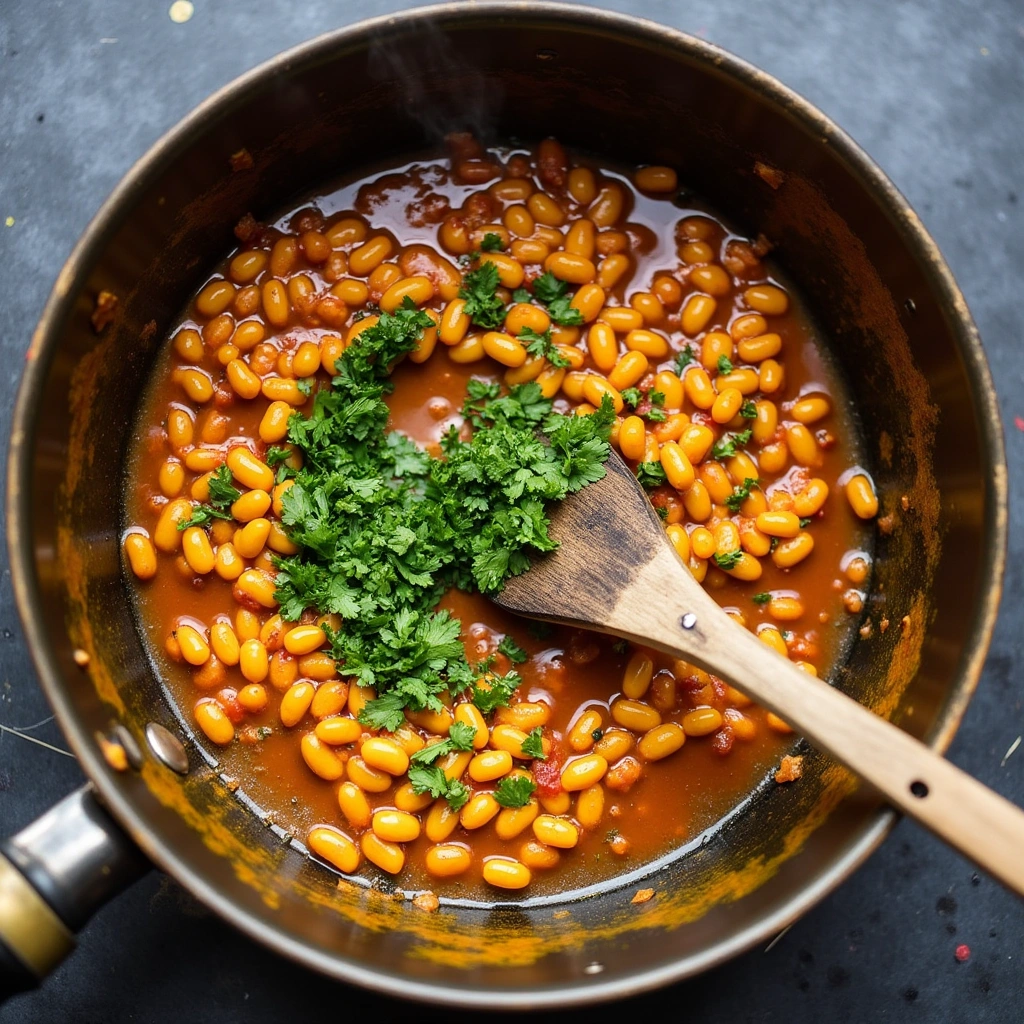
This dish pairs wonderfully with other comforting recipes. Consider serving it with lemony shrimp and bean stew for a hearty, protein-packed option, or a sweet treat like a perfect loaf of banana bread to balance the spices.
5 Variations of Indian Baked Beans You Can Try
Indian baked beans are incredibly versatile, and with a few simple tweaks, you can create different variations that cater to your taste preferences. Here are five exciting ways to prepare Indian baked beans:
1. Spicy Masala Baked Beans
If you love heat and bold flavors, the Spicy Masala Baked Beans are the perfect choice for you. This variation adds extra chili powder and chopped green chilies to the base sauce, resulting in a fiery, flavorful dish. You can also include garam masala for added depth and complexity. Serve this version with rice or flatbreads like naan to balance the spice.
2. Baked Beans with Coconut Milk
For a creamy and milder version, add coconut milk to your baked beans. This variation offers a rich, smooth texture and a slightly sweet flavor that balances the spices. The coconut milk not only makes the dish more indulgent but also adds a tropical twist. This version is particularly loved by those who enjoy a creamy base with their beans.
3. Baked Beans with Paneer
Looking for a protein boost? Try adding chunks of paneer (Indian cottage cheese) to your baked beans. The soft, chewy texture of paneer complements the beans and adds richness to the dish. Paneer also absorbs the flavors of the spices, making each bite a delightful experience. This variation is perfect for a hearty meal, especially when served with rice or roti.
4. Vegan Baked Beans
If you follow a vegan lifestyle, you can easily modify the recipe to make it plant-based. Simply omit any dairy ingredients like paneer and use vegetable oil or coconut oil for cooking. For a richer texture, you can substitute coconut cream instead of dairy cream. This variation is perfect for those who want to enjoy the flavors of Indian baked beans without any animal products.
5. Baked Beans with Rice
To make your Indian baked beans a complete meal, serve them with steamed basmati rice. The beans and rice combination creates a filling, satisfying dish that’s perfect for lunch or dinner. You can also stir in some sautéed vegetables like peas, carrots, and bell peppers for added nutrition and texture. This variation is both comforting and wholesome.
These variations give you plenty of room to experiment and create your own perfect version of Indian baked beans, tailored to your personal taste and dietary needs.
Nutritional Benefits of Indian Baked Beans
Indian baked beans are not just delicious; they are also packed with nutrients that offer a variety of health benefits. This dish combines the goodness of beans with the nutritional power of spices and vegetables. Let’s take a closer look at the key nutritional benefits of Indian baked beans.
Protein and Fiber Content
Beans are an excellent source of plant-based protein, making them an ideal choice for vegetarians and vegans. Protein is essential for muscle growth, repair, and overall body function. Additionally, beans are rich in fiber, which is important for digestive health. Fiber helps regulate bowel movements, reduce cholesterol levels, and keep you feeling full for longer, making Indian baked beans a satisfying and nutritious option.
Rich in Vitamins and Minerals
Indian baked beans are a great source of essential vitamins and minerals. The beans themselves provide a significant amount of iron, which is necessary for red blood cell production and overall energy levels. The dish also offers a healthy dose of potassium, which helps maintain normal blood pressure and supports proper muscle function.
Tomatoes and spices such as turmeric, cumin, and coriander contribute to the nutritional value by adding antioxidants, vitamins, and minerals. For example, tomatoes are a great source of vitamin C, which supports the immune system and promotes healthy skin. Turmeric contains curcumin, known for its anti-inflammatory and antioxidant properties. Together, these ingredients provide a well-rounded nutritional profile that supports overall health.
Low in Fat
Indian baked beans are relatively low in fat, especially when compared to other comfort foods. The dish primarily relies on the natural fats from beans and a small amount of oil used for cooking. By using minimal oil or opting for healthier options like olive or coconut oil, you can make a low-fat, heart-healthy meal that’s both filling and nutritious.
A Good Source of Complex Carbohydrates
Beans are an excellent source of complex carbohydrates, which provide a steady and sustainable release of energy. Unlike simple carbohydrates, which cause blood sugar spikes and crashes, complex carbs are digested slowly, helping to maintain stable blood sugar levels. This makes Indian baked beans a great option for sustaining energy throughout the day.
Rich in Antioxidants
The combination of tomatoes, spices, and herbs in Indian baked beans makes this dish a powerhouse of antioxidants. Antioxidants are crucial for protecting the body from oxidative stress, which can lead to chronic diseases such as heart disease and cancer. Ingredients like turmeric, cumin, and garlic provide anti-inflammatory properties that may help reduce the risk of inflammation-related conditions.
Indian baked beans are not only a flavorful dish but also a nutritious option that can support your health in many ways. With their high protein, fiber, and antioxidant content, they are a perfect addition to a balanced diet. Whether you’re looking to boost your energy, improve digestion, or add more plant-based foods to your diet, Indian baked beans make a great choice.
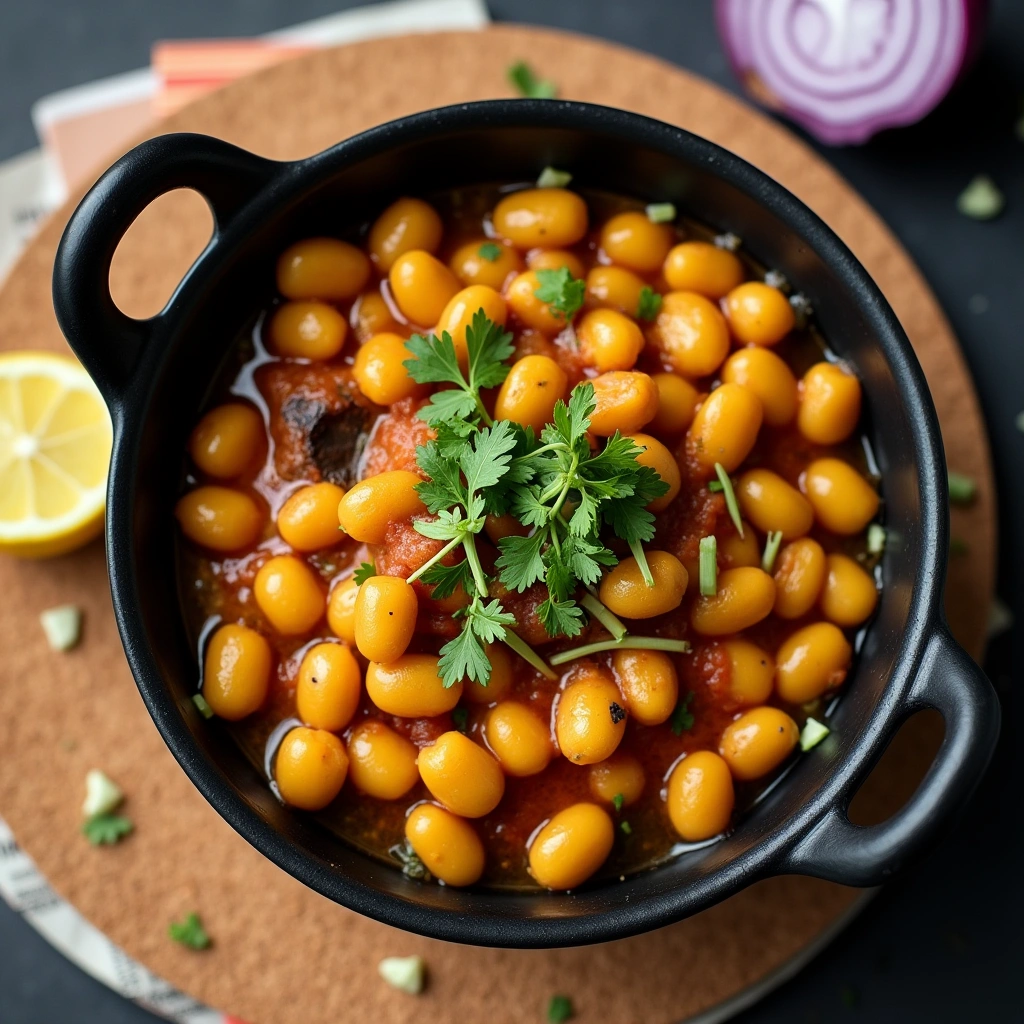
Common Mistakes to Avoid When Making Baked Beans
While making baked beans may seem straightforward, there are a few common mistakes that can impact the texture, flavor, and overall outcome of your dish. To ensure your Indian baked beans are delicious and flavorful, here are some key mistakes to avoid:
1. Overcooking the Beans
One of the most common mistakes when making baked beans is overcooking the beans. Overcooked beans can turn mushy and lose their texture, which is crucial for a good baked beans recipe. To avoid this, ensure you cook the beans just long enough to soften them but still maintain their shape. If you’re using dried beans, soaking them overnight can help reduce the cooking time and prevent overcooking.
If you’re using canned beans, keep in mind that they are already cooked, so you only need to heat them through rather than cooking them for long periods.
2. Not Using Enough Spices
Indian baked beans rely on a flavorful mix of spices to create the signature taste. Not using enough spices can lead to a bland and uninteresting dish. Be sure to use key spices like cumin, turmeric, garam masala, and chili powder to bring out the full depth of flavor. If you’re new to Indian cooking, it’s better to start with smaller amounts of spices and adjust as you go rather than under-seasoning the dish.
3. Ignoring the Soaking Process
Soaking dried beans overnight is an essential step to ensure they cook evenly and reach the right texture. Skipping this process can result in hard, undercooked beans that take longer to cook and may not absorb the flavors of the sauce properly. Soaking beans not only softens them but also reduces the cooking time, making the entire process much easier. If you’re short on time, using canned beans is a good shortcut.
4. Using the Wrong Type of Beans
The type of beans you use can significantly affect the texture and flavor of your baked beans. Kidney beans and navy beans are the most commonly used varieties in baked beans, as they have a soft texture and absorb flavors well. However, using other beans like chickpeas or black beans can alter the final dish in terms of texture and taste. While these variations can be fun, it’s important to choose beans that will work well in your recipe.
5. Not Balancing the Sweet and Savory Flavors
Indian baked beans typically have a balance of sweet and savory flavors. If you overdo the sweetness (by adding too much sugar or tomatoes) or the savory elements (such as too many spices or salty ingredients), the dish can become one-dimensional. To avoid this, taste as you go and adjust the seasoning, sweetness, and acidity to achieve a balanced, flavorful result.
6. Skipping the Resting Time
After cooking your baked beans, it’s a good idea to let them rest for a few minutes before serving. This allows the flavors to meld together and gives the beans time to absorb any remaining sauce. Skipping this step can result in a dish that feels incomplete or under-seasoned. If you have time, let the beans rest for at least 10 minutes before serving to allow the full depth of flavors to develop.
By avoiding these common mistakes, you can ensure that your Indian baked beans turn out flavorful, well-cooked, and satisfying. With the right technique and attention to detail, you’ll be able to make a dish that is both delicious and nutritious. Happy cooking!
Frequently Asked Questions (FAQs)
1. What can I serve with Indian baked beans?
Indian baked beans are versatile and can be served with a variety of dishes. Some popular options include basmati rice, naan, roti, or even toast. You can also serve them as a side dish to accompany curries, grilled meats, or roasted vegetables for a complete meal.
2. Can I make baked beans in advance?
Yes, you can prepare Indian baked beans in advance. In fact, the flavors tend to develop even further after sitting for a few hours or overnight. Store them in an airtight container in the refrigerator for up to 3 days. You can also freeze them for up to a month. Just reheat before serving.
3. Are there any variations for a gluten-free version?
Indian baked beans are naturally gluten-free when made with the right ingredients. Just ensure that you serve them with gluten-free bread, rice, or a gluten-free flatbread option. Additionally, check labels on any store-bought ingredients (like canned beans or spices) to ensure they are gluten-free.
4. How can I make the dish spicier?
To make your Indian baked beans spicier, increase the amount of chili powder, red chili flakes, or add fresh chopped green chilies to the sauce. You can also experiment with other spicy Indian condiments like pickles or hot sauces to add more heat and flavor.
5. What beans are best for this recipe?
While kidney beans and navy beans are commonly used in baked beans, you can also experiment with other types of beans like black beans, chickpeas, or even lentils. Kidney beans and navy beans are ideal for their creamy texture and ability to absorb the flavors of the spices.
6. How long do leftovers last?
Leftovers of Indian baked beans can last for up to 3 days when stored properly in an airtight container in the refrigerator. For longer storage, you can freeze the beans for up to a month. Make sure to reheat thoroughly before serving.
Conclusion
Indian baked beans are a delicious and nutritious dish that can easily be adapted to suit a variety of tastes and preferences. Whether you prefer a spicy kick, a creamy texture, or a vegan alternative, there’s a variation for everyone. The rich combination of beans, spices, and vegetables makes this dish not only a comfort food but also a powerhouse of nutrients. By avoiding common mistakes and following the right cooking techniques, you can create a flavorful and satisfying meal that’s perfect for any occasion.
With their versatility, rich flavor profile, and numerous health benefits, Indian baked beans are a must-try dish that can be enjoyed by all. So gather your ingredients, get creative with the variations, and enjoy a meal that’s both delicious and good for you!

Baked Beans Recipe | Indian Flavors | 7 Irresistible Tips to Elevate Your Dish
Ingredients
Method
- Prepare the Beans: Soak the dried beans overnight. Drain and rinse them before cooking. In a large pot, add the beans and 4 cups of water. Cook for 1-1.5 hours or until tender, then drain and set aside.
- Cook the Spices: In a large pan, heat vegetable oil over medium heat. Add cumin seeds and sauté for about 30 seconds. Add chopped onions and sauté until golden brown.
- Add Aromatics: Stir in minced garlic, grated ginger, and green chilies. Cook for 1–2 minutes until fragrant.
- Make the Sauce: Add ground coriander, garam masala, turmeric powder, diced tomatoes, tomato paste, and water or broth. Simmer for 10-15 minutes, allowing the flavors to meld.
- Combine Beans and Sauce: Add the cooked beans to the tomato sauce, stir well, and simmer for another 20-30 minutes, allowing the beans to absorb the flavors.
Nutrition
Notes
- Storage: Leftover Indian baked beans can be stored in an airtight container in the refrigerator for up to 5 days. Reheat on the stove or in the microwave.
- Spice Level: Adjust the amount of green chilies based on your preferred spice level. For a milder version, you can omit the chilies or use a milder variety.
- Vegan Option: This recipe is naturally vegan, but you can add a dollop of dairy-free yogurt for extra creaminess if desired.

